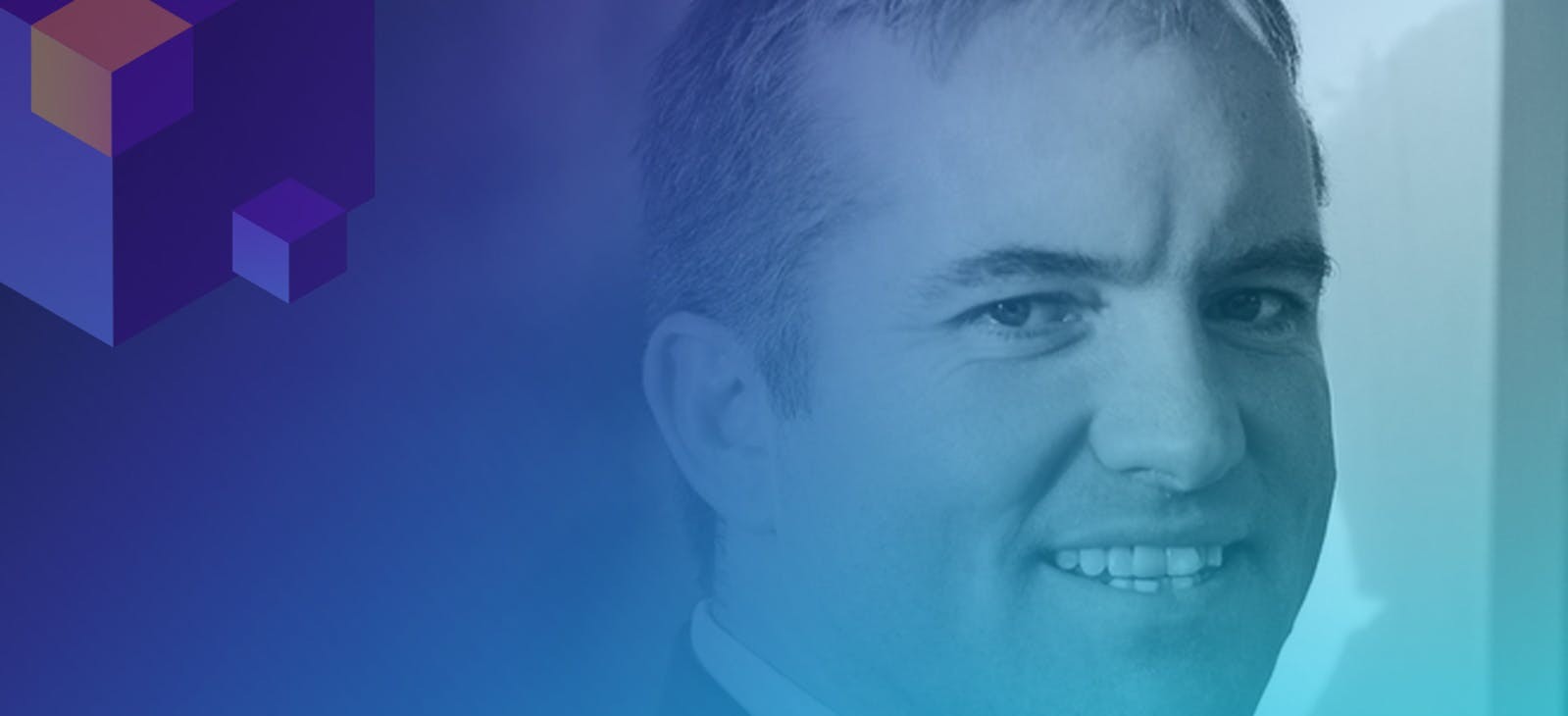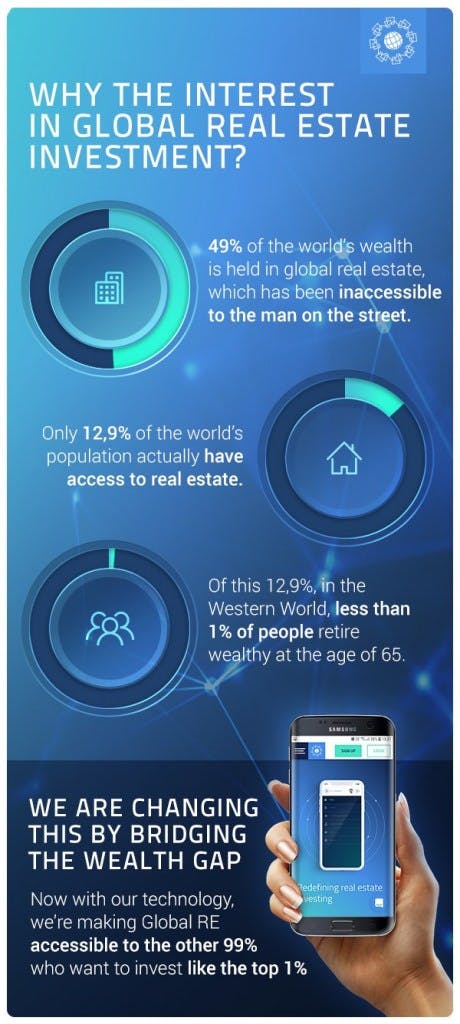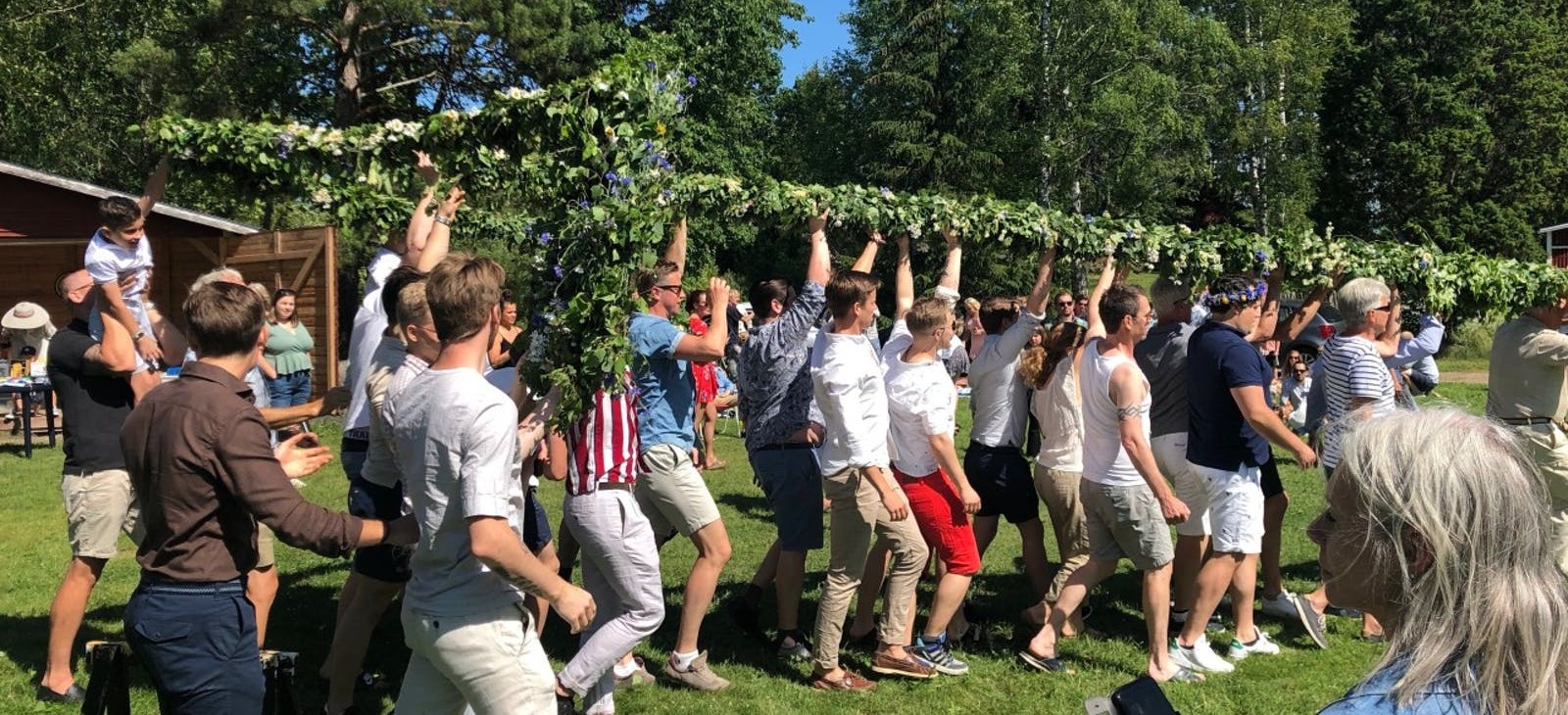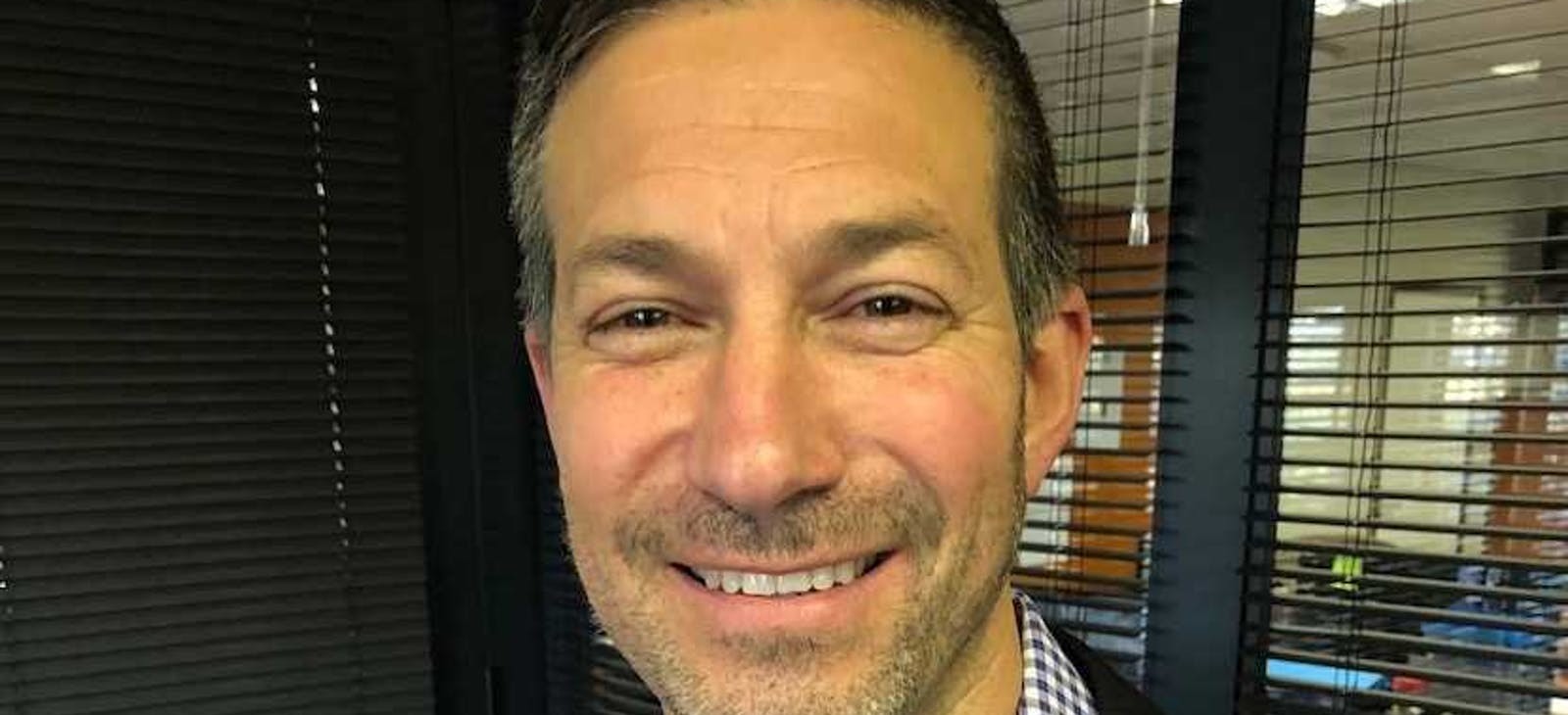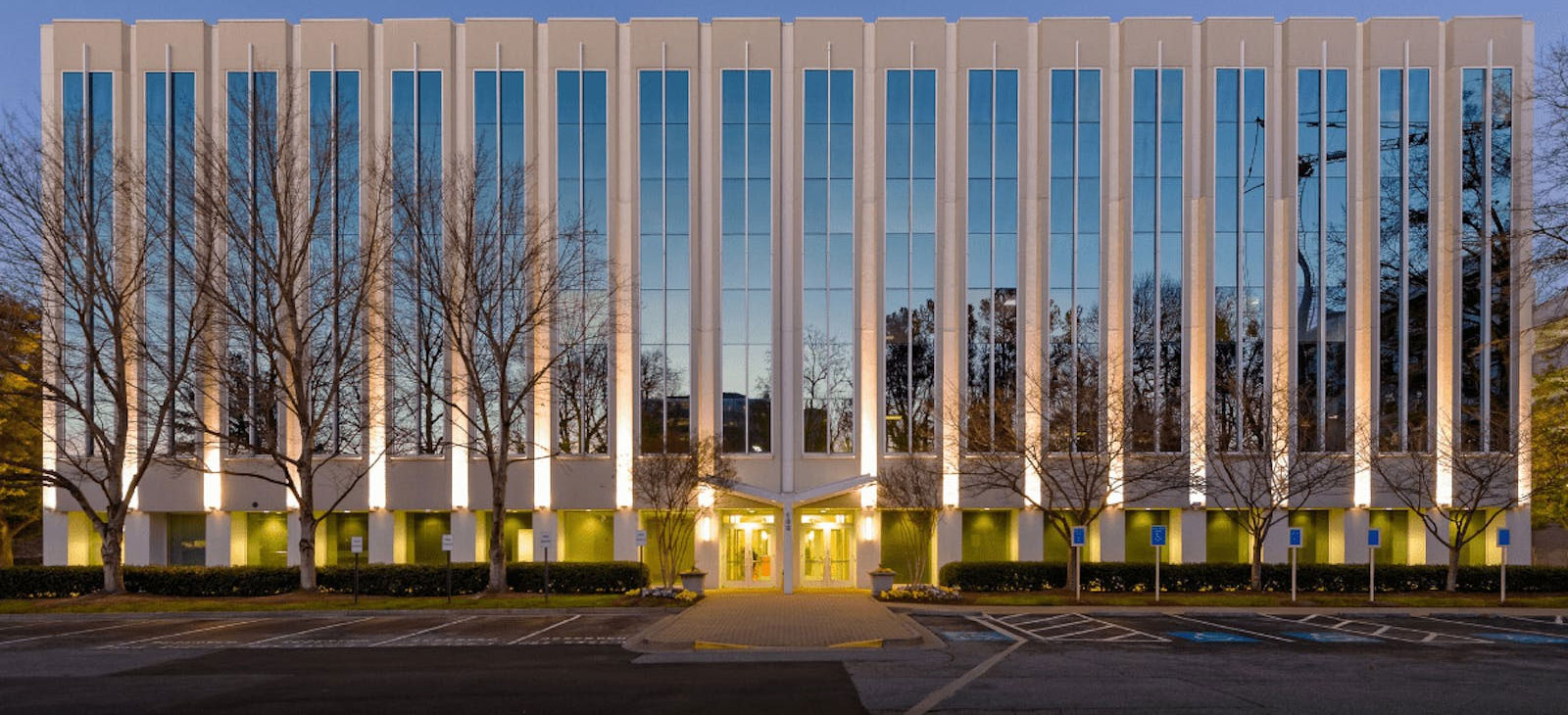Our trusted partner, OrbVest, has recently been in the news. Read the article below. To view OrbVest’s currently offerings, go to our platform and sign up/log in.
South Africans who are actively seeking offshore portfolio diversification have warmed to the niche-focused entrepreneurs who are building Orbvest into a billion dollar powerhouse. They are taking experiences learned in the specialised SA’s medical property sector and applying them in the US market, with CEO Martin Freeman having relocated there. The latest development, their 22nd, was oversubscribed, with the excess being allocated to the 23rd project described in this interview by director of operations, Justin Clarke. He was interviewed on this week’s episode of Personal Finance Live. – Alec Hogg
Listen to the podcast here: https://omny.fm/shows/biznews-radio/booming-demand-from-sa-investors-brings-pressure-o
We’re talking about property today and particularly investing in property in the international arena. Justin Clarke is one of the partners at Orbvest. Those of you who’ve been following Biznews, will notice that we’ve been giving a bit of attention to Orbvest for very good reasons. A group of entrepreneurs who got together, had their own money, decided they wanted to invest offshore, started in the area that they understood in the United States and now they’re onto project Number 23. I don’t want to steal too much of Justin’s thunder… Justin from the information you sent me in preparation for this discussion, you said that you closed off what is called Glen Ridge Medical 22. What exactly was that and why did you close it off?
Thanks for having me on this afternoon. It’s great chatting to you and your audience. We started five years ago and it took us a long time to close off these investments. It was difficult to establish trust with new investors. I think that we’re now getting to that tipping point where we are listing a project, which actually closes within a very short period of time. We have a regular following of investors and the word is now starting to spread. So the short story is Med 22 was a huge success. We actually listed it yesterday. What that means is that the investors all move their money and we were able to list the property on the exchange and then the money would flow through to the actual company that does the transaction in the US. So yes, it’s happening at fantastic speed at the moment.
Just unpack for those who perhaps didn’t follow the story. What exactly do you focus on in the United States?
You touched on it earlier. The problem that we were trying to solve is where to invest in something that is tangible and that is recession resistant. Yes, you can invest offshore in a fund but you don’t necessarily know what’s happening behind the skirt. We do have a property focus, my background is very much in property, as are some of my colleagues. We decided that the US, and the US economy is still pumping and it’s an economy that we understand. Then we looked at what category to invest in. There are a number of different opportunities in the States. We know that some of them are under pressure like retail real estate but this medical thing – we have some IP, my partner Hennie Bezuidenhout has been doing it in South Africa for many years, as you mentioned and it is very recession resistant. We decided to get a hyper-focus on this particular category. So what it means is that we find these buildings in the US, in states and cities that are growing phenomenally, that have a diversified economy – they’re not reliant on any one particular thing like oil and then we identify partners on the ground. We acquire the building, we take out a loan, we get some leverage and then we raise money from investors around the world to take up the equity portion. A typical building would, be let’s say $10m. We would add a $3-4m equity investment and the rest would be leveraged from our financial institution. That’s basically how it works.
So Glen Ridge Medical 22 means that you’ve done 22 of these projects.
There’s 22 individual buildings yes. A few of them have been lumped together into portfolios.
And now that’s closed. You’ve got all the investments you need on that side. Now you’re opening number 23.
We’re accelerating. 23 is a small building. It’s an absolute plum. To give you an idea, this one is moving out of our traditional area and into the Newark New Jersey and metro area which is just outside New York. I think diversification is another thing that’s super important. We didn’t want to have too much risk in one particular area. It is a small building that is 100% tenanted by pretty much blue chip tenants, which is the Hackensack Meridian group – a massive hospital group, I think it’s the biggest hospital group dominant in the Tri-State area and they have a long term lease. So it is absolutely safe in that you just have to wait for a dividend to be paid every quarter because the rental will be paid. It is a substantial tenant. And then of course, at the end of the five year period we will sell-on this building and the investor gets the opportunity of participating in the capital gain.
How long is a long term lease by those standards?
They have a new 10 year lease, which they have just signed and that’s renewable for a further 10 years.
That’s a 10 year lease by a blue chip hospital company in a medical building. Have they taken the whole building that you’re requiring?
Yeah. It’s in fact a condo building. So there’s two components to the building and there are some other small tenants with a wonderful symbiosis. If you have a substantial anchor tenant like that in a retail establishment, then the other tenants want to come in. When it comes to this particular building, there is a small ophthalmology or optometry business that rents some of the building.
We have covered a lot of the advantages of investing in this kind of a property investment. But how have South Africans taken to it? Clearly you and Hennie Bezuidenhout and Martin, and the entrepreneurs who started it are boots and all in here. But what about other South Africans, are they warming to the idea of investing in medical properties in the US?
This business is predominantly been for South Africans. We love the idea of helping South Africans to diversify their risk out of South Africa and we have a substantial amount of South Africans. We are in the front of a wave, people are looking urgently for alternate opportunities offshore in solid currencies. So, yes there is a phenomenal response from the South African market at the moment.
How difficult or easy is it to actually make the investment? I see that you talk about a minimum amount of $5,000, which is pretty much in everybody’s scope, but how do you get that money invested into Orbvest or in this particular instance the new one that you’ve just opened, the Meridian medical number 23?
That’s a great question. When I went over in 2012, to look at real estate in the US for the first time, I eventually didn’t make the investment. At that stage you could buy a single residential house for $10-20,000. It was just after the global financial crisis. One of the problems that my colleagues have solved phenomenally well, is to make this really easy and really tax efficient. We can process it on an online platform where you can go online and you can actually invest as little as $5,000 and then we take care of the rest. We’ve made it super easy for investors to be able to participate. You don’t have to worry about the structures. Previously you’d have to set up a company or an LLC overseas. You don’t have to do that. You can invest from South Africa in your personal capacity, we made it so that it’s super easy to do that.
Then what kind of returns are the guys in projects number 1 to 22 been achieving?
We initially had expectations that we would need to provide 8% plus – cash on cash and that means that every quarter you would get roughly 2% paid back into your, what we call a wallet, and we’ve been maintaining that over the last five years. There is a lot of competition in the market as you can understand – America’s awash with capital at the moment. So we’re finding it harder and harder to find new buildings. What is interesting is this. The New Jersey property which we’ve just listed was slightly lower than that. It’s 7.7% cash on cash. We thought there might be a resistance because it was below 8 and as I say, it has been pretty much fully subscribed in the six or seven days.
Fully subscribed. How much investable stock was there?
So this one is particularly small. There was only $2m of equity available. We did expect it to go very fast and there is a small opportunity because although it is fully subscribed, we have to wait for people to move their money. If it’s a South African they have to go by their bank, sometimes the Reserve Bank application. So there is a delay and it’s very much a first come first situation. So yeah, there’s a small opportunity.
$2m of equity that doesn’t sound like a very big building, have you leveraged it? Have you borrowed to support that?
Oh yes absolutely. This building I think was in the region of $8m total investments. We always get the sponsor – somebody in the US who has to sign for the debt, or a general partner if you’re talking VC who sign for the debt and we require them to have skin in the game. In this case, the general partner or the sponsor has put in his own equity to make up the difference.
So how much equity have your South African investors got and the sponsor? In other words how much skin in the game do they retain?
The South African investors have put in the $2.1m, then the sponsors put in about $1.8m each.
Okay, so they do definitely have skin in the game. When is number 24 – given that you guys have got big ambition?
We’re certainly putting some pressure on the acquisitions team to find some really good properties but I’m pleased that we’ve got a bunch of them. The difficulty really is getting the timing right. We like to release one, close it and then move to the next one, but there are three very exciting opportunities. They’ll probably both be mid-August.
If I remember correctly, Martin Freeman your partner, actually lives in the US, in New York and manages the on-the-ground engagement negotiations etc?
Yes. Absolutely. Martin and his team. I suppose you would normally be talking to Martin today but he is in Israel. We have a big project which is open to institutional investors and they have a lot of interest from a couple of Israeli investors. So him, Hennie and our acquisitions guy are in Israel at the moment.
This is an amazing story Justin. It’s almost like when I was a young journalist, I remember the old timers telling me that they gave Anton Rupert money when he first started Rembrandt or other people saying they put money with Donald Gordon when he started liberty. Do you think it’s gonna be something like that? Are people gonna turn around and say I put money into Orbvest when they were still $200m in the US?
I’d love that to be the case. I think that we have a slightly more humble approach. We do want to build a billion dollar fund and Martin did describe that to you when you interviewed him the last time, but absolutely. If we carry on doing what we’re doing at the moment – we are obviously opening up pipes to other countries which is very important. We don’t want to be completely reliant on South Africa and something that we’ve learnt that’s super interesting, is that we’re not alone. If you think about a lot of the countries in South America, we’re getting investment now from Brazil for example. They have all the same challenges that we have. They need to look for secure places to put their money offshore, just to make sure that they have diversified their risk. I certainly hope that we can create another Liberty.
Well it’s very good chatting with Justin Clarke and you can be sure we’re going to be following the story of Orbvest very closely. Interesting that they’ve now gone into Israel as well, for institutional investors. Just by way of background Hennie Bezuidenhout is very well known in the South African property sector. He’s done exactly what they do now in the US. Property investment specialised in the medical field so he comes with all of those insights and then Martin Freeman who lives in New York, who’s the chief executive of Orbvest and he’s the guy who Justin said we’d ordinarily talk to, is now in Israel putting something together there. He is the man who started a very well-known company in South Africa called BayPort, which is part of Transaction Capital. So these are successful entrepreneurs. Justin himself started Private Property which I think many people will recognise as well.
